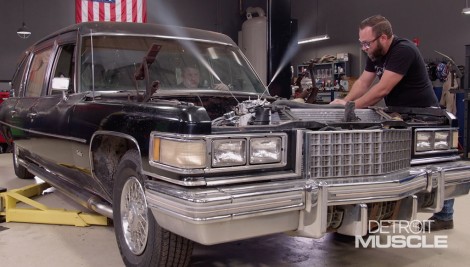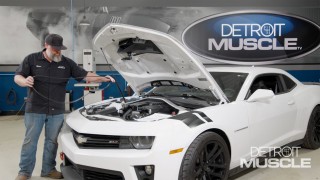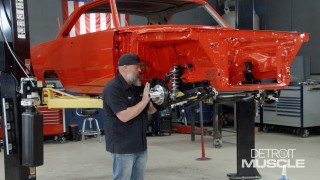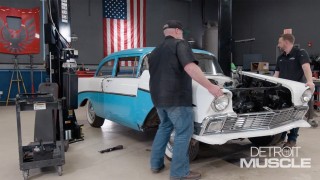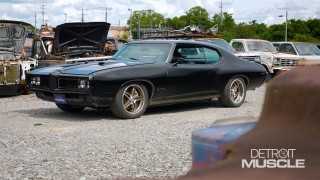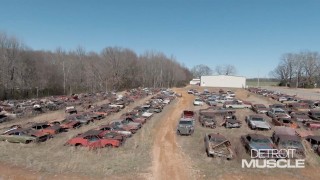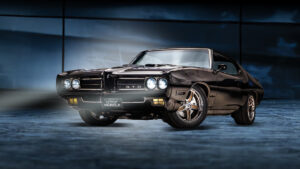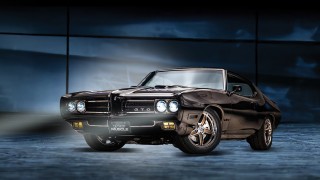Detroit Muscle Featured Projects
Detroit Muscle Builds
Want more content like this?
Join the PowerNation Email NewsletterParts Used In This Episode
Holley
850 CFM Street HP Carburetor
Holley
Hydramat
Holley
QuickFuel 175 Fuel Pump
Magnaflow
Side Pipe Muffler Builder Series
Matco Tools
MATCO Tools are the Official Tool Supplier to PowerNation
NOS
Nitrous Oxide System Kit
The Industrial Depot
Tools, Hardware, Shop Supplies
